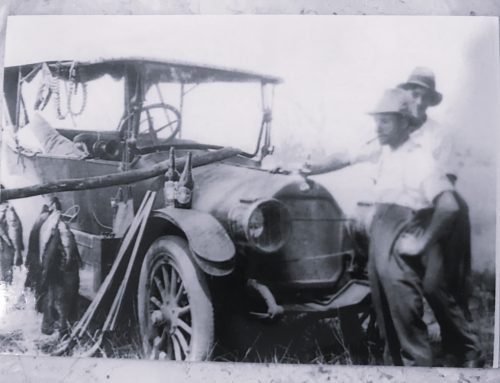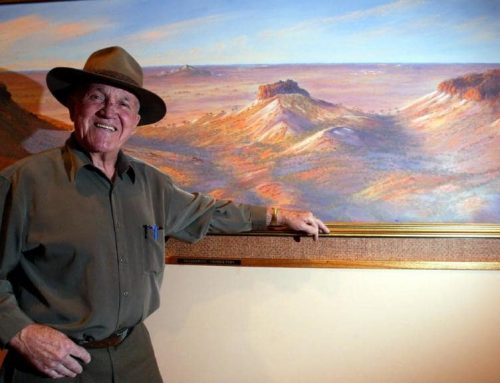In The Moors Last Sigh, Salman Rushdie tells the complicated, epic, nearly mythic story of Moraes Zogoiby, known as “the Moor,” and the last of a fictional family descended from Vasco de Gama and the last Muslim king of Spain.
Much of Moraes story revolves around his mother Aurora, a complex character and in many ways, the emotional center of the story. Quite a gifted painter, Aurora worries that she isnt a very good mother because she feels she doesnt love her children enough, but eventually she chooses to pour her unexpressed maternal love into her art and makes her children the subject of her paintings. Thus Moraes becomes the main character in a series of her paintings of a place she calls Mooristan. These paintings try to paint the tolerance of old, Moorish Spain over the ugly reality of modern-day India to create a utopian myth of the plural, hybrid nation.
 Rushdie himself seems to have been attempting something similar with his work, not obscuring and painting over India with fantasy, but rather laying out an alternative version with his text. Auroras paintings are not only historical, but prophetic as well. As her paintings become darker and darker, her father observes that she has captured the great swarm of being itself, but then notes: God was absent.
Rushdie himself seems to have been attempting something similar with his work, not obscuring and painting over India with fantasy, but rather laying out an alternative version with his text. Auroras paintings are not only historical, but prophetic as well. As her paintings become darker and darker, her father observes that she has captured the great swarm of being itself, but then notes: God was absent.
In her final painting, which gives the book its title, she imagines Moraes as Boabdil, the last Muslim king of Spain. The spot in Grenada, where the king is said to have taken his last look at his kingdom, is called The Sigh of the Moor. Auroras painting shows Moraes lost in limbo like a wandering shade: a portrait of a soul in Hell, and is a fitting prophesy for Aurora (and Rushdies) vision of the future of India.
Later in the book, after Aurora dies and Bombay is laid waste by fire bombings, Moraes goes in search of the last four of his mothers paintings, which are rumored to have survived. But, like Moraes himself and the history Rushdie is writing, the paintings have been disfigured and ruined. Rushdies complicated and thought-provoking work blurs the lines between beauty and deformity, past and present, sacred and profane much the way Auroras paintbrushes blurred the lines between myth and reality.






Leave A Comment